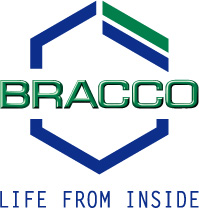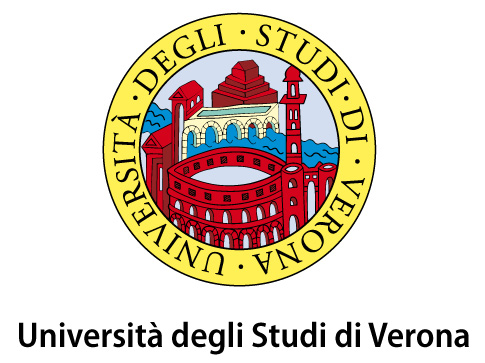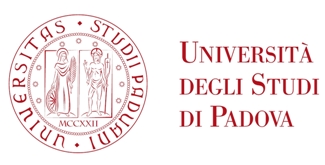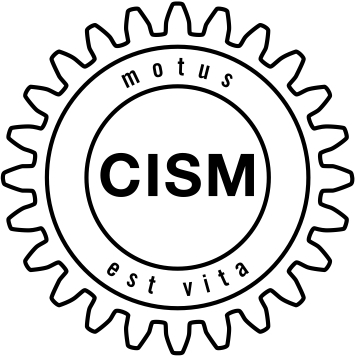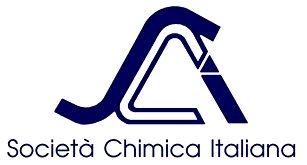Andries Meijerink
Debye Institute for Nanomaterials, University of Utrecht, The Netherlands

Andries Meijerink is a senior researcher at the University of Utrecht in the Netherlands. He leads an active research group that focuses on the optical spectroscopy of lanthanide ions and of semiconductor quantum dots. Recent work on lanthanides involves spectral conversion for solar cells, LEDs and scintillators. Andriesʼ work has resulted in over 250 publications and 10 patents. He has an MSc
in Solid-State Chemistry and a PhD in Chemistry (both from the University of Utrecht), focused on the luminescence of new x-ray storage phosphors. He is a past awardee of the Gold Metal of the Royal Dutch Chemical Society and was recently elected as a member of the Royal Dutch Academy of Sciences.
Chun-Hua Yan
Peking University, China

Chun-Hua Yan, born in 1961 in Shanghai, China, received his PhD from Peking University in 1988. He became Lecturer (1988), Associate Professor (1989), Professor (1992), and Cheung Kong Professor of Chemistry (1999) at Peking University. He was JSPS Visiting Professor of Tokyo Science University (1992) and Osaka University (2004), RS Senior Visiting Fellow (1993), Visiting Professor of the Korea Institute of Science and Technology (1996) and the Institute for Chemical Research of Kyoto University (2004). He was elected as the Member of Chinese Academy of Sciences in 2011. He is now the Director of the State Key Laboratory of Rare Earth Materials Chemistry and Applications and the Director of the Institute of Inorganic Chemistry at Peking University; also, he serves as the Managing Editor-in-Chief for J. Rare Earths (Elsevier) and Editor for Materials Research Bulletin (Elsevier). His main research fields are rare earth separation, functional nanomaterials, and molecular-based materials. He received the National Natural Science Award of China (the 2nd Grade in 2006 and 2011, and 3rd Grade in 1988), the National Award of Science and Technology Progress of China (the 2nd Grade in1999 and 3rd Grade in1991), the Research Prize for Youth Scientists awarded by the Hok Ying Dong Education Foundation of Hong Kong in 1995, the Prize for Outstanding Youth Scholar awarded by Hong Kong Qiushi Science and Technology Foundation in1995, and and Akzo Nobel Chemical Sciences Award 2010 presented in partnership with the Chinese Chemical Society.
Roberta Sessoli
University of Florence, Italy

Roberta Sessoli received her PhD in Chemistry from the University of Florence working on low dimensional molecular magnetic materialsunder the supervision of Dante Gatteschi. Since 2000 she is associate professor of chemistry at the University of Florence. Her research interests have focused on the magnetic properties of molecular clusters and chains. She has been a pioneer in the field of magnetic bistability at the molecular level and quantum effects in these mesoscopic materials, for which in 2002 she has been awarded, among colleagues, with the Agilent Technology Europhysics Prize. More recently she has moved towards the investigation of magnetic molecules organized on surfaces.
Polly L. Arnold
EaStCHEM School of Chemistry,
University of Edinburgh, UK.

Polly L. Arnold is Chair in Synthetic Inorganic Chemistry at the University of Edinburgh, where she currently also holds an EPSRC career research fellowship. She moved to the University of Edinburgh in 2007 after seven years as lecturer and reader at the University of Nottingham. Prior to this, she carried out postdoctoral research as a Fulbright Scholar at MIT, and obtained her D.Phil in 1997 from Sussex and BA from Oxford in 1994. Her group focuses on exploratory synthetic chemistry aiming to better understand fundamental bonding and reactivity of the most reactive, least understood metals, and to develop innovative catalytic transformations for inert small molecules.
Researcher ID (Web of Science): E-6229-2011
Vincent Pecoraro
University of Michigan, Ann Arbor MI, USA
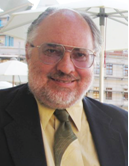
Vincent L. Pecoraro is the John T. Groves Professor of Chemistry at the University of Michigan, Ann Arbor where he has been on the faculty since 1984. His research interests include understanding the biological chemistry of manganese and vanadium, de novo protein design and the development of metallacrowns, the metallamacrocyclic analogues of crown ethers. He has served as an Associate Editor of Inorganic Chemistry since 1994 and has received numerous distinctions including the Alexander von Humboldt Stiftung for Senior Scientists, the Blaise Pascal International Chair for Research and is a Fellow of the ACS and AAAS.
Alexander Bouvier
Treibacher Industrie AG, Austria,

Dr. DI. Alexander Bouvier was born on September 6th, 1955 in Klagenfurt, Austria. After primary school and gymnasium he studied at the Technical University of Graz Chemistry and Chemical Engineering. In 1982 he gained his doctorate at the Institute of Thermal Processes Engineering.
In the same year he joined the R&D department of TreibacherIndustrie AG. After different responsibilities as plant manager he in 1994 became Technical Director of TreibacherAuermet GmbH, a subsidiary comprising all the Rare Earth activities of the Treibacher Group. In 2003 TreibacherAuermet was merged again with Treibacher Industry AG and Mr. Bouvier became Business Unit Director for Rare Earth&Chemicalsand Director R&D.. In 2006 Mr. Bouvier was appointed to the Board of TreibacherIndustrie AG. Besides the Business Units Rare Earths and High Performance Ceramics also the Vanadium oxide and the Rare Earth plant, R&D, Quality Management and Technical Services report to him.
Besides his responsibilities in the company he is active in the Federation of Austrian Industry, heads the “FachvertretungChemie” of the Chamber of Commerce in Carinthia and is Vice-Chairman of the FCIÖ (Association of the Austrian Chemical Industry).
Jose Juan Calvino Gamez
University of Cádiz, Spain,

Professor of Inorganic Chemistry at the University of Cádiz, Spain, and currently President of the Spanish Society of Microscopy.Since 2004 he has been leading the Electron Microscopy Facilities at the University of Cádiz. His research career has focused on the development of Advanced Electron Microscopy methodologies for the atomic scale analysis of nanomaterials, which have been applied to the study of a wide spectrum of lanthanide containing systems of interest in Environmental Catalysis. Exploiting the highly varied possibilities of electron microscopes to understand in detail the chemical aspects of the synthesis, function and deactivation of Ceria-based catalysts is the topic underlying most of his scientific production, over 100 papers with an H index of 27.




